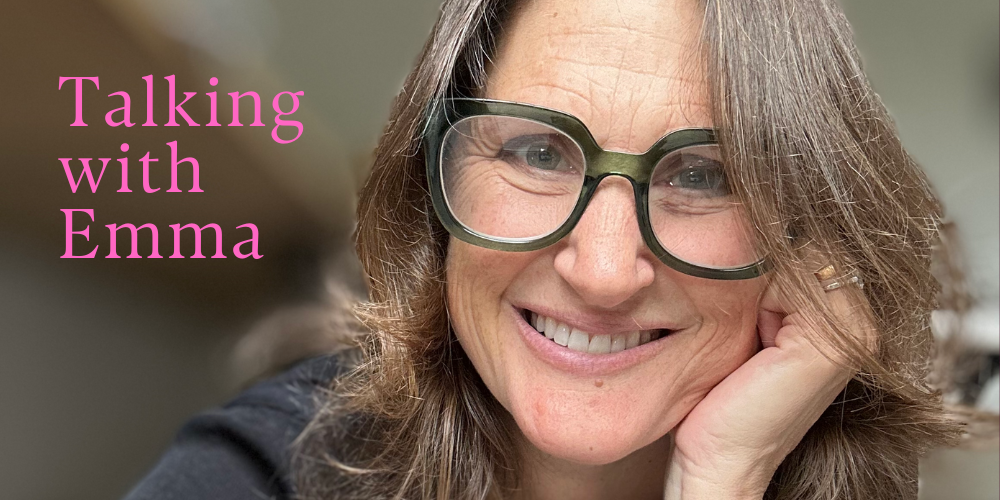Should we teach ‘healthy eating’ in schools?
I’ve heard a lot of talk amongst parents lately (on and offline) about how great it is we teach healthy eating in schools.
Look, I get it. I know, full well, that a diet high in nutrient content can make a difference to long term health. And because of that, it seems like a no-brainer to teach humans as young as possible the merits of a ‘healthy diet’ so they can get into it as young as possible.
If you’re reading this, I know you care about the health and wellbeing of your kids (or the kids in your care) and most likely the health of the nation and I love that you care. I care too. It’s why I spend so much time researching this topic.
With all that said, I think teaching ‘healthy eating’ in school is a terrible idea. Like a terribly terrible one.
Why?
Two reasons.
Firstly. Let’s think about the term ‘healthy eating’. When you try and pin down what that actually means, it gets really slippery. I imagine if we sat five of us who read this blog in a room and asked us to come up with a definition that the majority of our community would agree on, we couldn’t. I bet five highly trained dieticians couldn’t either.
Healthy eating is a seriously subjective term.
Do we mean teaching the food pyramid? Veganism? Five + a day? Low carb? Locally sourced? Whole food? Vegetarianism? Low fat? Low salt? No processed foods? Trust your intuition? Eat to the hunger scale? Don’t eat carbs with protein. Only eat carbs with protein.
How is healthy eating measured? BMI? Satisfaction? Blood pressure? Growth curve? Fat ratios? Beep test? Analyzing food diaries? Assessing lunch boxes?
You can see the problem here, right? Healthy eating is a nuanced subject that necessitates a high level of skill in sifting through competing ideas and deciding what is worth listening to and what isn’t. Even kids at high school will struggle with this level of intellectual demand.
What happens when the rigor isn’t there, is that healthy eating tends to be boiled down to binary ideas that don’t really help. A carrot is good for you. The chocolate cake is bad. But what about when you’re at a party celebrating nana’s 100th birthday? Is chocolate cake healthy then? Or am I now unhealthy because I ate some and then I had another piece so should I now be really concerned about my health?
It’s not uncommon for primary aged kids to believe they are sick because they have eaten unhealthy food. That is a level of anxiety I think kids can do without.
Here’s some common thinking that kids can get into about eating the ‘good’ stuff. If carrots are good, how come I’m turning orange? I’ve eaten 35 of them in a row because they are good for you, but I don’t feel so good. Are they healthy or not? If 35 isn’t healthy, what about 20? Or six? Or three?
I think you get my point.
But that’s not even the reason I think we should avoid teaching ‘healthy eating’ in schools.
Which brings us to my second point and my real concern.
Many young people who have been diagnosed with anorexia or bulimia can pinpoint the start of their problems to learning about ‘healthy eating’ practices.
They may have been advised by a coach or teacher to keep a food diary and told that sugar can lead to an ‘unhealthy weight’. The act of cutting back on sugar, coupled with a fear of fatness and tied up with a lovely sense of being in control – can trigger the genes responsible for an eating disorder to be activated and it’s a down shit street those kids go.
Anorexia has the highest morbidity rate of all mental illnesses. In other words, kids are dying of these conditions. And it sometimes starts out with ‘healthy eating’. You can check out the eight signs of eating disorders every parent should be aware of here.
I’d hate to think we are helping someone into an eating disorder as a teen when what we really want for them is long term health. And I know you want to foster long term health.
So what to do instead?
We can stop talking about food in binary terms. Good, bad. Healthy, unhealthy. We can start to talk about all foods having a place in a healthy diet. We can talk about how foods taste and preferences. Sweet, salt, sour, sharp, hot. We can talk about textures. Soft, smooth, crunchy, wet, dry, etc. Which foods have which and which ones do we like best? We can’t get our preferences wrong.
We can talk about how tastes change over time. As we mature we start to like different things. It’s helpful to keep trying things as a kid to see if you’ve developed new tastes.
We can talk about how incredible our individual bodies are and that they are fitted with an incredible guidance system when it comes to food. They let us know when we are satisfied, when we need to eat, how much we need, and of what. The more we tune into that guidance system, the easier it will be to eat a varied, healthful diet.
Emma x


